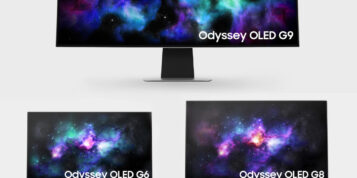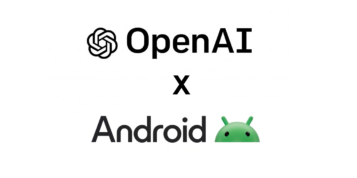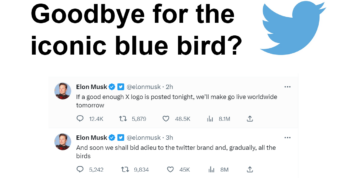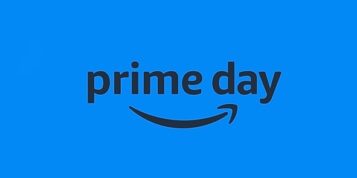Last week, Google announced that they would be adding certain ad-blocker elements to Chrome. You may be concerned that this means that it could lead to a decrease in ad impressions available to reach customers, but don’t panic!
Realistically, the likelihood of the number of users who were seeing these ads in the first place was declining with the increase in ad-blockers being downloaded. By giving the web a ‘spring clean’ and removing the most menacing ads, (specifically auto-playing videos and flashing animated banners,) it can be argued that Google is making the web a more welcoming place to advertise – in fact, by making the industry clean up its act Google could be helping to save it.
We already know that in the UK an estimated 10 million adults use ad-blockers – but why has this come about?
I summarise it like this: lazy advertising.
Indeed, Goggle’s vice president of Chrome Rahul Roy-Chowdhury stated they have “seen more and more people express their discontent with annoying ads by installing ad blockers.” By updating their browser, Google has offered a solution to the irritating problem, defending consumers against annoyingly large pop-ups which prevent them from viewing content they actually want to see.
Consumers have increasingly become frustrated by the crass nature of advertising and our industry has already been warned by people such Stephane Loerke, the CEO of the World Federation of Advertisers that “people are voting with their feet, people are frustrated and annoyed by the ad experience.” Unfortunately, there’s now a perception that ‘one size fits all.’
In fact, more fundamentally as an industry we are having to stand out in a world where consumers’ attention spans are extremely short. A 2015 study conducted by Microsoft observed that the average human attention span is rapidly declining. Microsoft surveyed 2,000 people and monitored the brain activity of an additional 112 people using electroencephalograms (EEGs.) Their findings revealed that humans now have the attention span of a very feeble 8 seconds – that is 1 second shorter than the attention span of a goldfish.
So not only is a consumer’s attention span decreasing, it’s changing – we are becoming better at processing short bursts of information more quickly. The same research from Microsoft discovered that “tech adoption and social media usage are training consumers to become better at processing and encoding information through short bursts of high attention.”
All of these factors have made consumers much more demanding, and it is now more important than ever that advertising content is made relevant, especially when the main objective of the consumer is to find content that’s worth paying attention to.
Given this, Google’s announcement comes as no surprise. Ad-blockers have appeared as a response to an age-old problem – the problem of irrelevant and often meddling ads. Google, one of the biggest players in the industry have simply responded to consumers’ needs.
So how do we advertise in a world of increasing ad-blocker usage?
The introduction of Google’s ad block reminds us that high-quality, relevant ads will win the race, so the answer for brands is obvious: targeting and personalisation. Crucial to this is data and analytics.
Data in combination with thoughtful analytics around segment, intent, desire and more help advertisers deliver the personalised experience that will appeal to consumers.
There are many buzzwords around this in our industry but the crux as I have said is that we need to use the data available to us to deliver personalised, local advertising that appeals to the people at the right time.
By segmenting data using powerful analytics tools, advertisers can break down their audience into different buckets. Will XYZ, male, 20-24, traveller, online shopper, avid sports reader be more likely to buy a pair of trekking shoes? By deriving this insight through analytics, they are more likely to ‘convert’ a user to buy the product – making the marketer that spends their ad dollars with them, a lot happier. We need to look at technology and ensure that we have enough conversions any given day. By bringing in this accountability, digital advertising is changing. It’s more accountable. It’s more transparent. Above all, it’s setting a standard for what good ad tech needs to look like.
Clive Humby, architect of Tesco’s Clubcard scheme, said back in 2006 “Data is the new oil. It’s valuable, but if unrefined it cannot really be used. It has to be changed […] to create a valuable entity that drives profitable activity”
We have to remember that what consumers want and what will drive better results for brands is ensuring that they reach the right people, with the right message at the right time. Yes, be impactful but being smarter is even better.
If we do all this – then the doom of ad-blockers will not have the ad-pocalypse that some predict.






